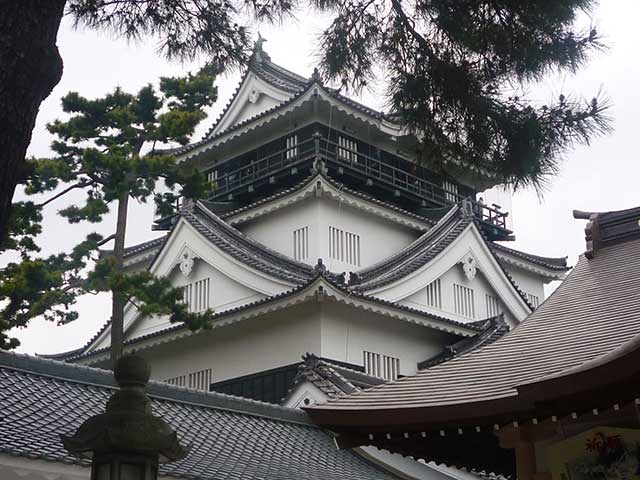
The Shogun, Tokugawa Ieyasu, was born in Okazaki Castle in 1542 during a period of significant civil unrest. At that time, the Tokugawa, then known as the Matsudaira, controlled the rice-rich Mikawa plains of what is now eastern Aichi Prefecture. This fertile region was highly coveted by surrounding warlords. Ieyasu, a shrewd leader and brilliant tactician, managed to maintain and expand his territories. Following in the footsteps of other national unifiers, Oda Nobunaga and Toyotomi Hideyoshi, Ieyasu emerged victorious at the decisive Battle of Sekigahara in 1600. In 1603, he was invested as Shogun, a title he made hereditary, enabling the Tokugawa family to rule Japan for the next 250 years.
Okazaki Castle was originally built in 1455 by the warrior Saigo Tsugiyori near the present site of Myodaiji Temple. Initially, it was likely just a small wooden fort. Ieyasu's grandfather, Matsudaira Kiyoyasu, captured the fortress and rebuilt Okazaki Castle on its current site in 1531, utilizing the Otogawa River and its tributary as a natural moat. Over the years, the castle was expanded and its defenses strengthened, making it one of the nation’s most respected castles. It served as the stronghold of the Tokugawa clan for over 350 years.
During the Edo Period, Okazaki prospered as a significant castle town located along the Tokaido Highway, the main route between the capital, Kyoto, and Ieyasu’s later stronghold, Edo (modern-day Tokyo).
In 1868, Japan ended its feudal system, and the samurai caste was abolished eight years later. In 1873, Okazaki Castle, like many other castles across Japan, was demolished, leaving only the moat and sturdy stone walls. The main keep, annex, and well-house were reconstructed in ferro-concrete in 1959.
Today, the castle grounds are a tree-filled park, popular for cherry blossom and wisteria viewing in spring. Visitors enter through the striking Otemon gate. The remaining rough-hewn stone walls, once formidable defensive structures, are now softened by lush moss and ferns.
The grounds feature several statues of Ieyasu and a smaller one dedicated to Honda Tadakatsu, a loyal Tokugawa retainer. There is also the oldest municipal Noh theatre in Japan, various shrines, small eateries, an ancient teahouse, and a well from which Lord Ieyasu's first bath was supposedly drawn. One of the castle’s yagura watchtowers has been rebuilt in the traditional manner and is open to the public.
Another notable attraction is the Ieyasu and Mikawa Bushi (warrior) Museum. The main highlight, however, is the castle keep. The reconstructed castle’s second, third, and fourth floors house a museum displaying samurai armor, weapons, daily items, and local history and cultural exhibits. The fifth-floor observatory offers a panoramic view of the surrounding Mikawa region, the area that Tokugawa Ieyasu first ruled.
See also
-
Kanazawa Castle
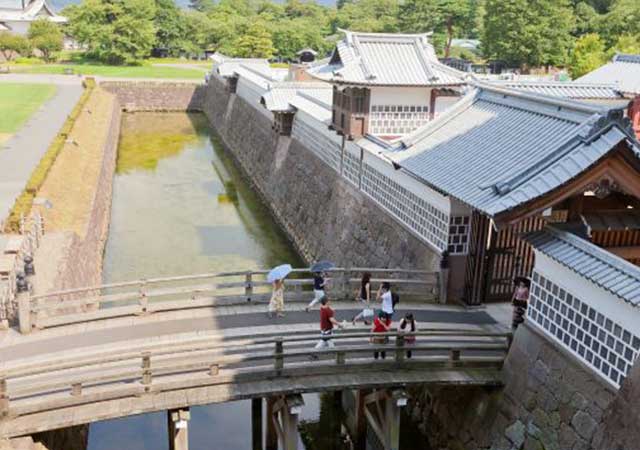
Construction of Kanazawa Castle began in 1580 on the orders of Sakuma Morimasa, a vassal of Oda Nobunaga. The castle was built on the site of the Ikko-ikki sect's Oyama Gobo temple, which is why it is sometimes called Oyama Castle. Morimasa managed to build several moats and begin construction of a castle town. However, after his defeat at the Battle of Shizugatake in 1583, he was executed, and ownership of the castle passed to Maeda Toshiie (1538–1599).
-
Nakatsu Castle
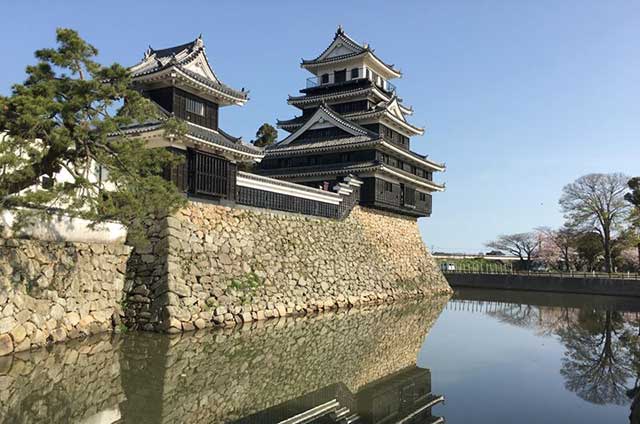
Kuroda Yoshitaka (1546–1604) was one of the closest advisors to the legendary military commander Toyotomi Hideyoshi. He took part in key military campaigns of the late 16th century, including the campaign against Shikoku in 1585 and the campaign against Kyushu in 1587. Later, during the second campaign in Korea, Yoshitaka served as chief advisor to the commander of the invasion forces, Kobayakawa Hideaki. After Hideyoshi's death, he swore allegiance to Tokugawa Ieyasu, thereby securing his influence and patronage under Japan's new leader.
-
Edo Castle
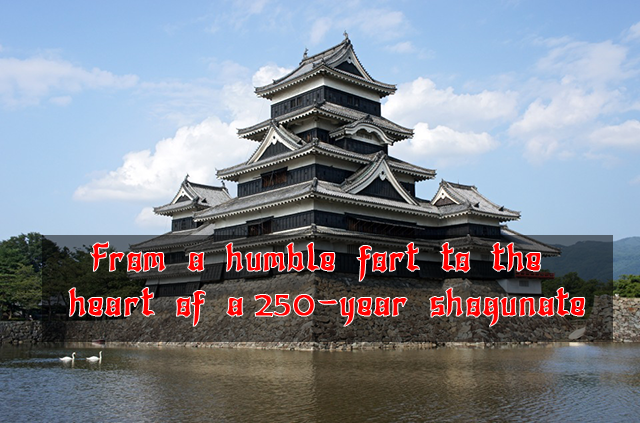
The history of Edo Castle dates back to the Heian period, when the Edo clan built a small fort on this site. In 1457, the vassal of the Uesugi clan, Ota Dokan (1432–1486), constructed a full-scale castle here. Internal conflicts weakened the Uesugi clan, and in 1524, Ota Dokan’s grandson, Ota Yasutaka, surrendered the castle without resistance to the forces of Hojo Soun, the ambitious leader of the Hojo clan. While Odawara Castle remained the clan's main stronghold, Edo was considered a key strategic fortress.
-
Samurai Museum Shinjuku
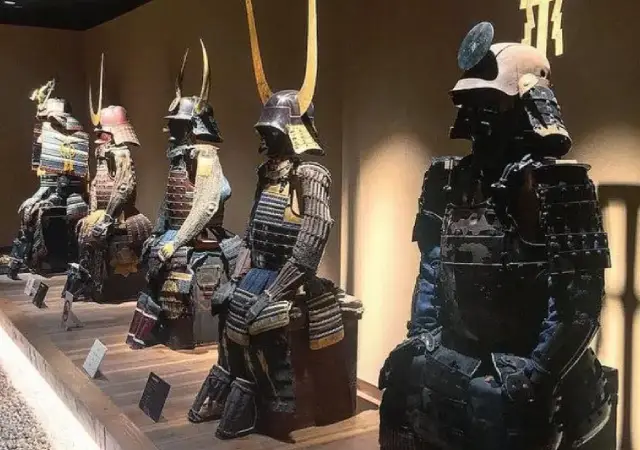
Situated in the vibrant district of Shinjuku, the museum showcases an extensive collection of samurai armor, weapons, and cultural artifacts spanning from the Kamakura to the Edo period. The exhibits aim to convey the samurai's unwavering commitment to honor and discipline, reflecting how their spirit continues to influence modern Japanese culture.
-
Anjo Castle
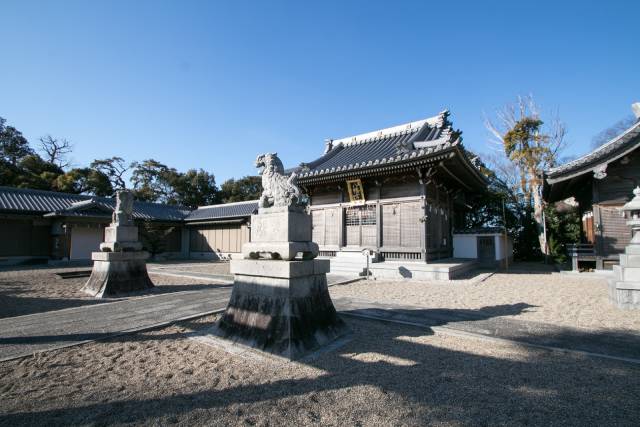
Anjo Castle was built on a slight elevation at the edge of the Hekikai Plateau, about 2 kilometers southeast of present-day central Anjo City in Aichi Prefecture. Today, the surrounding area thrives on large-scale agriculture and automotive manufacturing, utilizing the expansive flatlands and its proximity to the Nagoya region.
-
Numata Castle
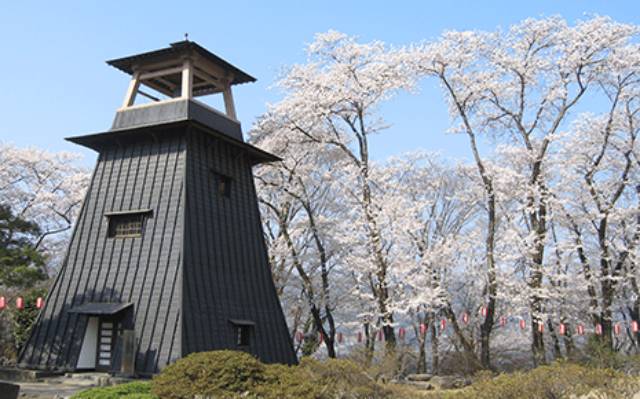
Numata Castle, located in Numata, northern Gunma Prefecture, Japan, has a rich and complex history. During the late Edo period, it served as the residence of the Toki clan, who ruled the Numata Domain. Over the centuries, the castle changed hands multiple times and was the site of significant battles during the Sengoku period.
-
Iwabitsu Castle
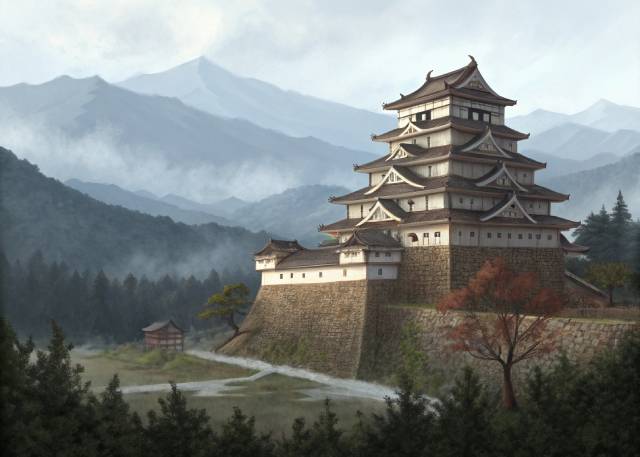
Iwabitsu Castle is a yamashiro-style (mountain) castle located atop Mount Iwabitsu in Higashiagatsuma, Gunma Prefecture, Japan. Recognized for its historical significance, its ruins have been protected as a National Historic Site since 2019.
-
Tsutsujigasaki Castle
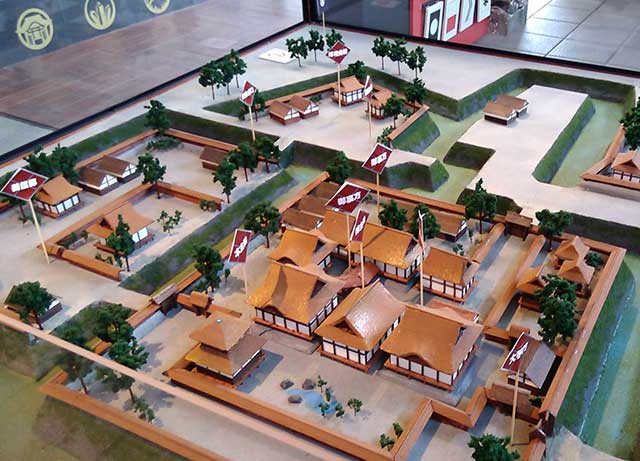
Tsutsujigasaki Castle (Tsutsujigasaki Yakata) served as the fortified residence of the last three generations of the Takeda clan and is located in the heart of Kofu, Yamanashi Prefecture, Japan. Unlike traditional Japanese castles, it was not referred to as a "castle" in Japanese, as the Takeda clan famously believed in relying on their warriors as their true fortifications, stating, "Make men your castle, men your walls, men your moats." Designated a National Historic Site in 1938, the ruins are now open to the public and house the Takeda Shrine, a Shinto shrine dedicated to the deified spirits of the Takeda clan.

